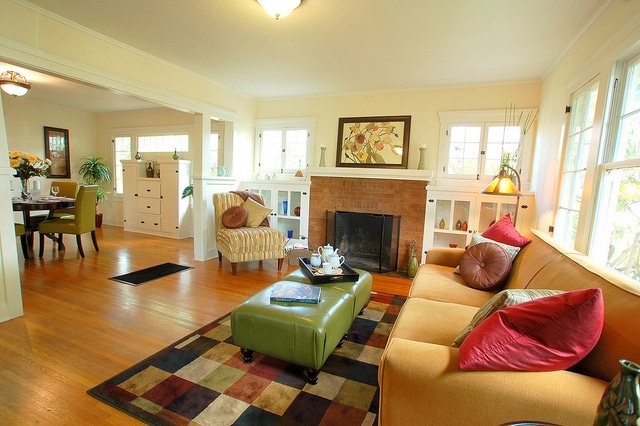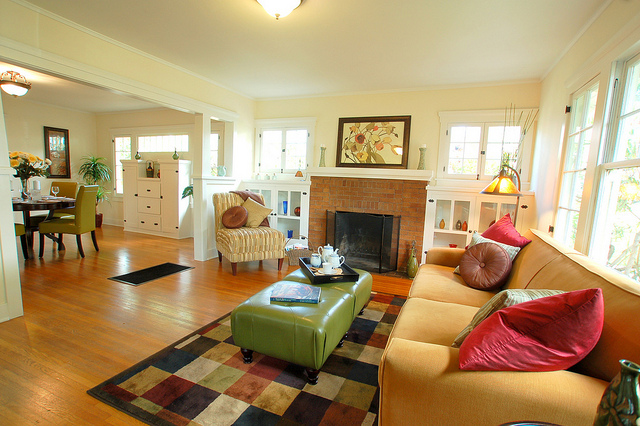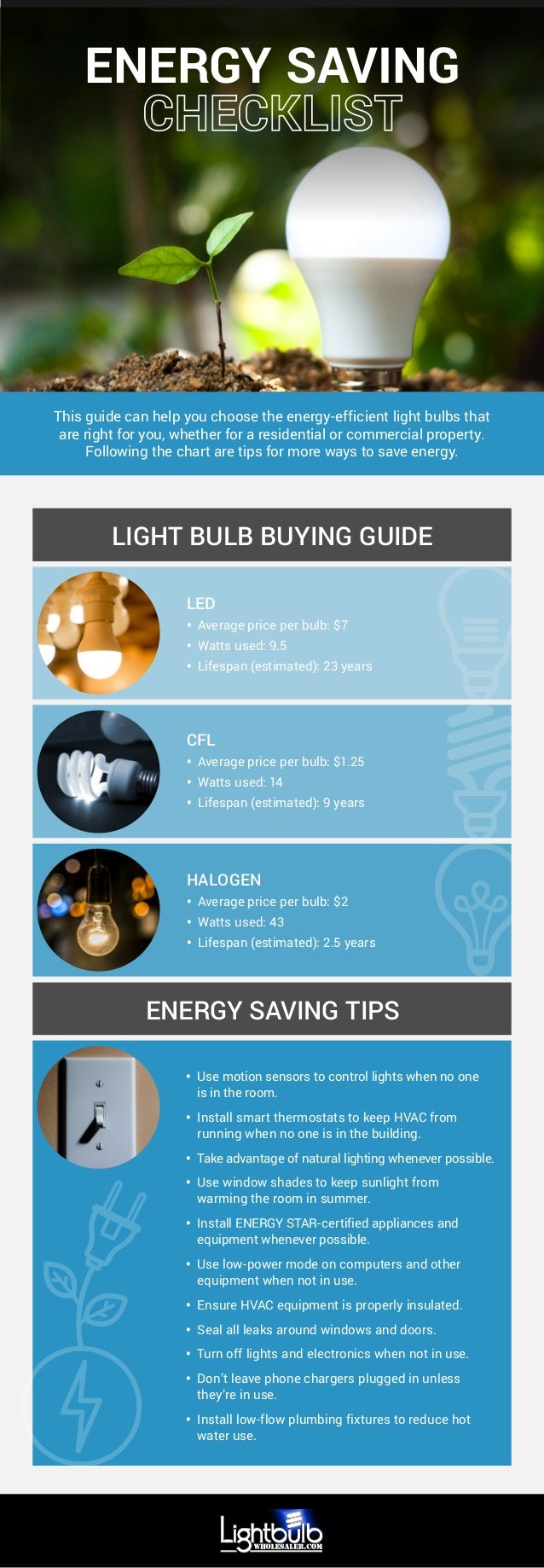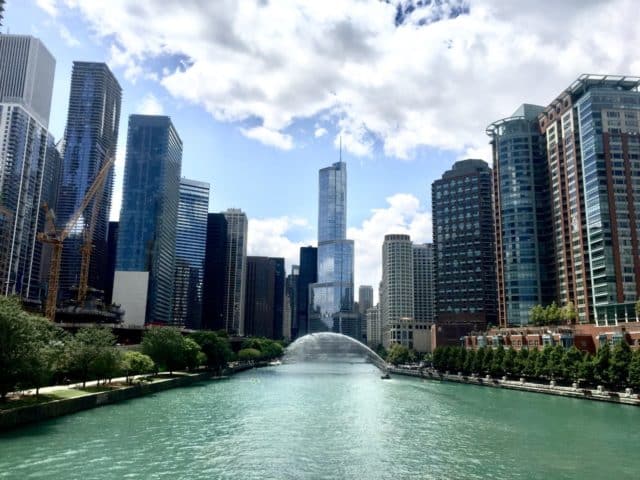
Light Bulbs and Energy Saving: A Checklist for the Home and Office
We live at an amazing time in human history, and we’re lucky to be blessed with so much abundant technology to make our lives easier and more comfortable than our ancestors ever could have dreamed. Still, there’s a tendency to think that because this technology is almost always right there when we need it, it will continue to be there forever. That’s only true if we use the technology responsibly, with an eye toward preserving as many of our natural resources as we can.
Preventing wasted energy can go a long way toward better ensuring future generations will have a cleaner planet and more plentiful resources. Every effort, no matter how small, makes a difference when it comes to saving energy, which is why everyone should be aware of the simple ways they can save energy in their homes and businesses.
Turn It Off
For example, one of the simplest ways to save energy and prevent wasted resources is to switch off anything you’re not using, especially lights. Using timers or motion detectors to automatically switch lights off when no one is in the room can take the worry out of this for commercial buildings and any other large spaces shared by groups of people.
Make More Efficient Choices
Today, there are a wide variety of energy-efficient options for just about anything that uses electricity. The most common examples of this are energy-efficient light bulbs such as CFLs and LEDs that produce as much light as traditional incandescent bulbs but consume far less energy. ENERGY STAR-rated appliances have been determined to use less electricity than other models, as well.
Unplug Once in a While
Some devices continue to pull a bit of electricity while they’re plugged in, even if they’re turned off. This is especially true of smartphones, laptop computers and other mobile devices that require charging. Many HDTVs also stay in a low-power “ready” mode, even when they appear to be turned off completely.
The best way to make sure these so-called “vampire devices” don’t add to your energy consumption unnecessarily is to unplug them from the wall when you don’t need them. Alternatively, you may want to invest in a smart power strip that will cut off such devices when they sense those devices are shut down.
Go All-Natural
We’ve become so used to the idea of climate control and electric light that we often don’t think about more natural and energy-friendly ways of living. For example, window shades allow you to let as much natural light into the room during the day as well as block sunlight that can heat a room in the summer. On the other hand, you can leave these shades open in the winter to allow the room to be heated by the sun as much as possible, so you won’t need as much output from your HVAC system.
These and other tips for saving energy can be found in the guide below.
We live at a time of unprecedented comfort and convenience, thanks to technology. However, maintaining that privilege means everyone has to do their part so that the resources we depend on will continue to last for a long time to come.
Author bio: Dan Coleman is the marking director at lightbulbwholesaler.com. When he’s not up to his elbows in lighting products, Dan is a modest illustrator, sometimes fisherman, raucous NFL fan, and avid Pokémon player. Word on the street is he has, indeed, caught ‘em all.





Post a comment